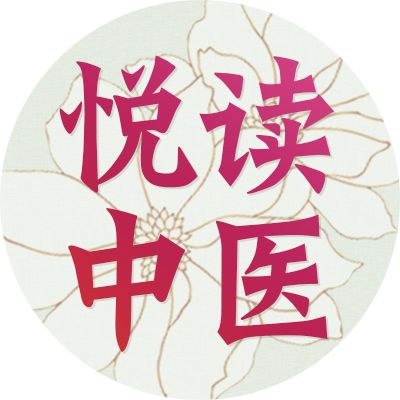 Daily Reading of Traditional Chinese Medicine at 11:30 AM
Daily Reading of Traditional Chinese Medicine at 11:30 AM
Authoritative and high-quality knowledge of TCM
If you like it, please star it for me
Editor’s Introduction
Diabetes, classified in Traditional Chinese Medicine (TCM) as “Xiao Ke” (消渴), is characterized by the clinical manifestations of polyuria, polydipsia, polyphagia, fatigue, weight loss, or sweet-smelling urine. The fundamental pathogenesis is attributed to the deficiency of Yin fluids, with dryness and heat prevailing, where Yin deficiency is the root and dryness-heat is the manifestation. The main affected organs are the lungs, stomach, and kidneys, which can be differentiated into upper, middle, and lower types for treatment. Let us follow the medical cases in this article to learn more.
The lungs govern Qi and are the source of water, distributing body fluids throughout. If dryness and heat injure the lungs, two pathological changes may occur: first, the fluids cannot be distributed and descend, leading to increased urination; second, the lung fluids are improperly distributed, causing thirst and excessive drinking, referred to as Upper Xiao. If the spleen and stomach are harmed by dryness and heat, with excessive stomach fire and insufficient spleen Yin, this leads to thirst, excessive drinking, and increased hunger; if the spleen Qi is deficient, it fails to properly transport and transform the essence of food and fluids, resulting in gradual weight loss, referred to as Middle Xiao. If kidney Yin is deficient, it gives rise to internal heat, which can scorch the heart and lungs, leading to excessive thirst and drinking; the kidneys fail to nourish and control, causing the essence of food and fluids to leak out, resulting in sweet-smelling urine, referred to as Lower Xiao.

1. Upper Xiao — Lung Heat and Fluid Injury Syndrome
Patient: Xu, female, 71 years old.
Initial Diagnosis Date: December 5, 2013.
Main Complaint: Recurrent thirst, excessive drinking, excessive eating, and polyuria for over 10 years, with weight loss for 6 months.
Current Findings: Thirst, excessive drinking, polyuria, excessive eating, relatively thin body, accompanied by dizziness, numbness in limbs, and weakness in legs. Tongue is red with a thin yellow coating, pulse is rapid.
Treatment Method: Clear heat, moisten the lungs, tonify Qi, and nourish Yin.
Prescription: Xiao Ke Formula (消渴方) modified.Ingredients: 10g of Tai Zi Shen (太子参), 15g of Sheng Di Huang (生地黄), 12g of Xuan Shen (玄参), 12g of Mai Dong (麦冬), 12g of Tian Hua Fen (天花粉), 10g of Zhi Mu (知母), 20g of Di Gu Pi (地骨皮), 10g of Pei Lan (佩兰), 10g of Ze Lan (泽兰), 5g of Huang Lian (黄连), 10g of Jiang Can (僵蚕), 12g of Ze Xie (泽泻), 3g of Shui Zhi (水蛭), 15g of Sang Ji Sheng (桑寄生), and 15g of Yu Mi Xu (玉米须). This formula is to be decocted for 7 doses, taken in two divided doses daily.
Second Diagnosis: December 12, 2013. After taking 7 doses, the dryness of the mouth improved, the mouth felt slightly sticky, urination was basically normal, dizziness and limb numbness significantly alleviated, with slight palpitations. Laboratory results: fasting blood sugar 7.7mmol/L, postprandial blood sugar 9.6mmol/L, blood pressure 140/80mmHg. The tongue was dark purple, with a yellow greasy coating, and the pulse was slippery and rapid. The prescription was adjusted, adding 10g of Dan Shen (丹参), 10g of Tu Si Zi (菟丝子), and 10g of Ji Xue Teng (鸡血藤), with 7 more doses to be taken as before.
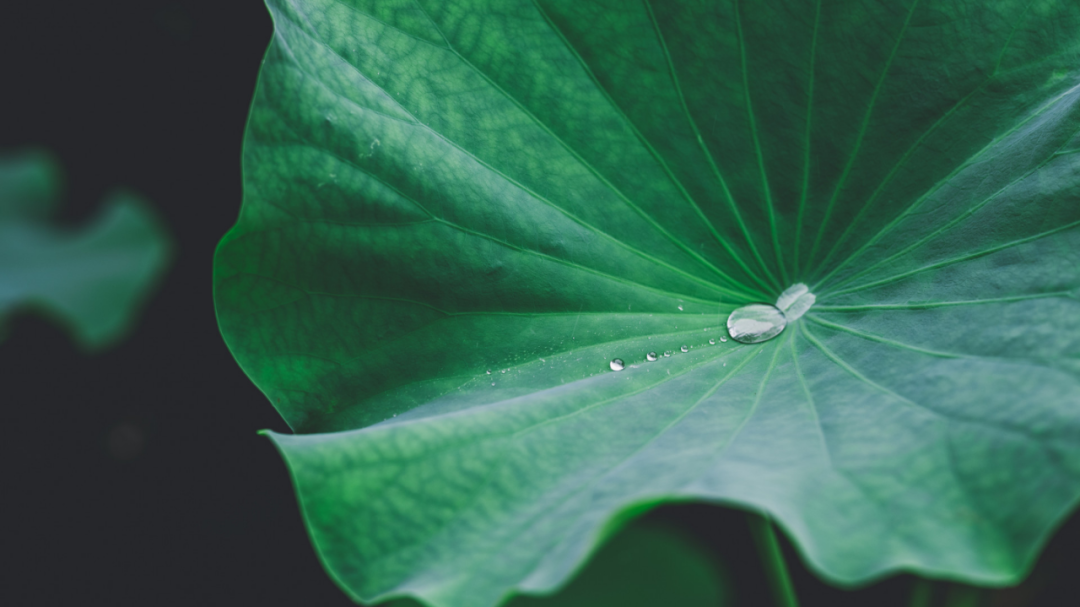
Third Diagnosis: December 19, 2013. Blood pressure was normal, limb numbness was basically alleviated, with lower back and leg weakness. The tongue was dark red, with a yellow greasy coating, and the pulse was thin and slippery. Re-examination: blood sugar 7.1mmol/L. After 3 weeks of medication, the three heat manifestations were resolved, the deficiency of Qi and Yin gradually recovered, and blood sugar control was satisfactory, with both the symptoms and root cause improved. The treatment continued with the previous formula from December 5, removing Ze Xie and adding 10g of Yin Yang Huo (淫羊藿), 10g of Dan Shen, and 10g of Tu Si Zi, with 7 more doses to be taken as before, with follow-up showing improvement in all symptoms.
Comment: Based on this case, the patient presented with excessive thirst, dry mouth, red tongue, thin yellow coating, and rapid pulse, which can be diagnosed as Upper Xiao — Lung Heat and Fluid Injury Syndrome. The pathogenesis is primarily due to the deficiency of Yin fluids and the predominance of dryness and heat, where Yin deficiency is the root and dryness-heat is the manifestation, both of which are interrelated. From the perspective of pathogenic factors and the body’s condition, the excessive heat damages the fluids, leading to a deficiency of the righteous Qi. The formula includes Tai Zi Shen to tonify Qi and strengthen the spleen, Sheng Di Huang to nourish Yin and moisten the lungs; Mai Dong to moisten the lungs and generate fluids; Tian Hua Fen and Yu Mi Xu to clear heat and drain fire, generating fluids and alleviating thirst; Sang Ji Sheng to nourish Yin; Huang Lian to clear heart fire; Sheng Di Huang to cool the blood and nourish kidney water; Zhi Mu and Xuan Shen to clear heat, drain fire, and cool the blood; Di Gu Pi and Pei Lan to clear heat; Ze Lan, Jiang Can, and Shui Zhi to invigorate blood and resolve stasis; Ze Xie to strengthen the spleen and drain dampness, nourishing the lungs and spleen.All herbs work together to tonify Qi, generate fluids, nourish Yin, clear heat, and uplift Yang.The treatment of the lungs, spleen, and kidneys together can tonify Qi and assist Yang transformation, as well as generate fluids and assist Yin formation. The modified Xiao Ke Formula is based on the principle of “Yang transforms Qi, Yin forms shape,” aiming to treat using the fundamental functions of Yin and Yang transformation.
Studying TCM, reading medical cases, benefits clinical practice

2. Middle Xiao — Qi and Yin Deficiency Syndrome
Patient: Tan, male, 65 years old.
Initial Diagnosis Date: March 4, 2013.
Main Complaint: Recurrent thirst, excessive drinking, excessive eating, and polyuria for over 5 years, worsening for 1 week.
Current Findings: Thirst, excessive drinking, polyuria, with increased hunger, accompanied by dizziness, numbness in limbs, weakness in legs, and weight loss. The tongue was dark purple, with a yellow greasy coating, and the pulse was thin and wiry. The patient’s spirit was poor after the onset.
Treatment Method: Tonify Qi and nourish Yin, transform dampness, clear heat, invigorate blood, and unblock the meridians.
Prescription: Seven Flavor Bai Zhu Powder (七味白术散) modified.
Ingredients: 10g of Tai Zi Shen, 15g of Sheng Di Huang, 12g of Xuan Shen, 12g of Mai Dong, 12g of Tian Hua Fen, 10g of Zhi Mu, 20g of Di Gu Pi, 15g of Gui Jian Yu (鬼箭羽), 10g of Pei Lan, 10g of Ze Lan, 5g of Huang Lian, 10g of Jiang Can, 12g of Ze Xie, 3g of Shui Zhi, 15g of Sang Ji Sheng, and 15g of Yu Mi Xu. This formula is to be decocted for 14 doses, taken in two divided doses daily.Second Diagnosis: March 11, 2013. After taking 7 doses, dizziness and limb numbness significantly improved, with slight palpitations, and dryness of the mouth improved, with a slightly sticky feeling. Urination was basically normal. Laboratory results: fasting blood sugar 7.5mmol/L, postprandial blood sugar 8.6mmol/L, blood pressure 140/80mmHg, tongue was dark purple, with a yellow greasy coating, and the pulse was slippery and rapid. The prescription was adjusted, adding 12g of Dan Shen, 12g of Tu Si Zi, and 15g of Ji Xue Teng, with 7 more doses to be taken as before.
Third Diagnosis: March 18, 2013. Blood pressure was normal, limb numbness was basically alleviated, with lower back and leg weakness. The tongue was yellow greasy, with a dark red body, and the pulse was thin and slippery. Re-examination: blood sugar 7.1mmol/L. After 3 weeks of medication, the three heat manifestations were resolved, the deficiency of Qi and Yin gradually recovered, and blood sugar control was satisfactory, with both the symptoms and root cause improved. The treatment continued with the previous formula from March 11, removing Ze Xie and adding 10g of Yin Yang Huo, with 7 more doses to be taken as before, with follow-up showing improvement in all symptoms.
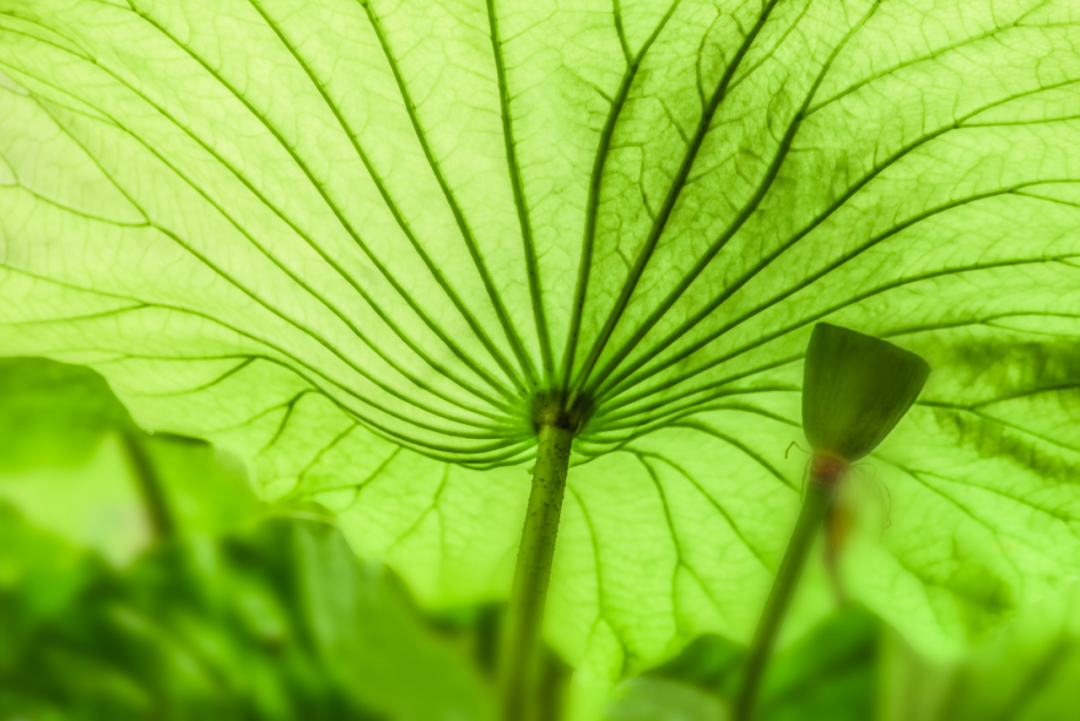
Comment: According to the “Principles of Syndrome Differentiation and Treatment” (证治准绳·消瘅), it states: “Thirst and excessive drinking is Upper Xiao, excessive hunger is Middle Xiao, and frequent urination with thick urine is Lower Xiao.” In this case, only excessive hunger is observed, thus it can be primarily diagnosed as Middle Xiao.
This patient exhibits excessive hunger, indicating excessive stomach fire; the dark purple tongue, yellow greasy coating, and thin wiry pulse indicate a pattern of Yin deficiency with excessive fire, consistent with the disease of diabetes where “Yin deficiency is the root, dryness and heat are the manifestations.” The excessive Yangming heat consumes fluids and blood, leading to insufficient nourishment of the muscles, hence the weight loss. The interdependence of Yin and Yang means that if diabetes is not treated, it can lead to prolonged Yin damage and Qi depletion, resulting in weakness in the legs and cold intolerance, which is a sign of Yang deficiency; the yellow greasy coating and frequent urination indicate internal damp-heat. This type of patient may also have blood stasis. The Yin deficiency and dryness heat lead to insufficient fluids, which cannot carry blood through the meridians, causing internal burning and damaging the blood, leading to blood stasis. The stasis and heat can further damage Yin, creating a vicious cycle that can lead to complications such as insufficient blood supply to the brain in diabetes. Therefore, the treatment of diabetes should focus on both Qi and Yin deficiency, as well as the manifestations of damp-heat, stasis-heat, and dryness-heat, treating both the symptoms and the root cause. Teacher Meng believes that the differentiation and treatment of diabetes should not be limited to “Yin deficiency and dryness-heat,” but should also pay attention to the differentiation of the “three heats” (damp-heat, stasis-heat, and dryness-heat) to fully utilize the characteristics of TCM syndrome differentiation and treatment.
Since the main disease location is in the middle burner, it is advisable to select herbs that target the middle burner.The formula uses Zeng Ye Decoction (增液汤) (Sheng Di Huang, Xuan Shen, Mai Dong) to nourish Yin and moisten dryness, combined with Tai Zi Shen to tonify Qi and nourish Yin to address the root cause; Tian Hua Fen, Zhi Mu, Di Gu Pi, and Huang Lian nourish Yin and clear heat to treat dryness-heat; Huang Lian, Pei Lan, Ze Lan, Ze Xie, and Yu Mi Xu clear and transform dampness, aromatically benefiting the spleen (Yu Mi Xu has dual effects of lowering blood sugar and blood pressure); Gui Jian Yu, Shui Zhi, Ji Xue Teng, and Dan Shen invigorate blood and resolve stasis to treat stasis-heat (Shui Zhi is only 3g, aimed at invigorating blood, not breaking blood).
Overall, the treatment lasted only 1 month,with simultaneous tonification of Qi and Yin, and treatment of the “three heats” (damp-heat, dryness-heat, stasis-heat), effectively controlling blood sugar while significantly improving symptoms such as dizziness, limb numbness, and weakness, thus overcoming the shortcomings of Western medicine that focuses solely on lowering blood sugar while neglecting the treatment of complications, achieving both symptomatic and root cause treatment, reflecting the advantages of treating both symptoms and root causes.
Famous doctors’ medical cases reveal the mysteries of clinical practice

3. Lower Xiao — Deficiency of Yin and Yang Syndrome
Patient: Deng, male, 82 years old.
Initial Diagnosis Date: September 27, 2016.
Main Complaint: Recurrent excessive drinking and polyuria for over 10 years, with cloudy urine for 3 days.
Current Findings: Recurrent excessive drinking and polyuria, frequent urination, cloudy urine like paste, emaciated appearance, weakness in the lower back and knees, cold limbs, dry itchy skin, hard stools, white tongue with little coating, and deep pulse.
Diagnosis: Yin damage and Yang deficiency, with weak kidney Yang and loss of control.
Treatment Method: Nourish Yin, warm Yang, and tonify the kidneys to secure.
Prescription: Jin Gui Shen Qi Wan (金匮肾气丸) modified.
Ingredients: 10g of Di Huang (地黄), 10g of Mai Dong, 15g of Bei Sha Shen (北沙参), 10g of Zhi Mu, 10g of Huang Bai (黄柏), 10g of Ze Xie, 10g of Shan Zhu Yu (山茱萸), 15g of Huang Qi (黄芪), 15g of Shan Yao (山药), 10g of Qing Sang Zi (青葙子), 10g of Niu Xi (牛膝), 10g of Tian Ma (天麻), 15g of Huo Ma Ren (火麻仁), and 10g of Gan Cao (甘草). This formula is to be decocted for 10 doses, taken in two divided doses daily.

Follow-up Diagnosis: October 7, 2016. The patient reported that after taking the above medicine for 10 doses, urine volume decreased, urine color became clearer, and the face showed slight redness, with warmer limbs. The formula was effective, and the prescription was adjusted by adding 10g of Hou Po (厚朴), and 6g of Gui Zhi (桂枝), and 6g of Di Fu Zi (地肤子), with 7 more doses to be taken, resulting in clearer urine and easier bowel movements, with reduced skin itching.
Comment: The Mingmen (命门) is weak and cannot transform the fluids and grains to nourish the five organs, leading to dryness of the mouth and excessive drinking, with cloudy urine like paste; the lungs cannot distribute fluids, causing skin, fascia, and intestines to lack nourishment, resulting in dry itchy skin and hard stools. This formula uses Jin Gui Shen Qi Wan modified to nourish Yin and tonify the kidneys, warming the kidneys and strengthening Yang. Among them, Di Huang nourishes the kidneys and Yin; Shan Yao and Huang Qi tonify lung Qi, nourish Yin, and strengthen the spleen while tonifying the kidneys; Gui Zhi warms the meridians and unblocks the collaterals, assisting Yang transformation; Niu Xi tonifies the liver and kidneys; Shan Zhu Yu tonifies the liver and kidneys; Ze Xie promotes urination and drains kidney turbidity; Mai Dong and Zhi Mu nourish the lung, stomach, and six fu organs Yin fluids to increase liquid flow; Qing Sang Zi enters the liver channel, drains liver fire, and alleviates itching; Huang Bai clears the fire in the lower burner to treat excessive fire due to Yin deficiency; Huo Ma Ren is neutral, sweet, and enters the spleen, stomach, and large intestine channels, moistening dryness and promoting bowel movements, while also having nourishing effects.
Famous doctors’ medical cases new book
Over 30 disease patterns, more than 100 medical cases, showcasing the academic thoughts and clinical experiences of renowned TCM doctor Meng Dingshui, which are beneficial to read.
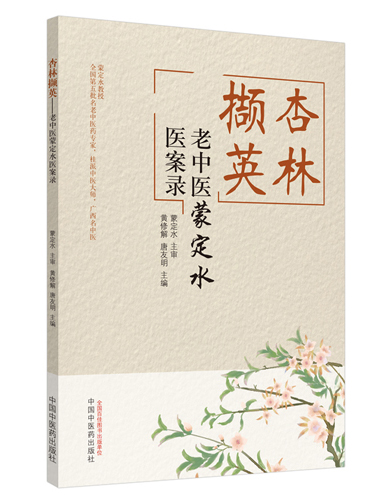
“Essence of Traditional Chinese Medicine — Medical Cases of Renowned TCM Doctor Meng Dingshui”
Click on the cover to enter the Yuyijia TCM Academy to purchase this book
Professor Meng Dingshui is a nationally recognized expert in TCM, a master of Guangxi TCM, and a renowned TCM doctor in Guangxi. With nearly 50 years of clinical experience and a solid theoretical foundation in TCM, this book is compiled by Professor Meng’s disciples who have followed him in practice for many years, summarizing and compiling his clinical and academic experiences. It has strong clinical practicality and academic promotion value, making it worth studying and referencing for clinical doctors and TCM enthusiasts.
 ▼Previous Highlights▼How TCM Treated Blood Diseases Over 40 Years Ago
▼Previous Highlights▼How TCM Treated Blood Diseases Over 40 Years Ago
Four Key Points for Health Preservation in the Summer Solstice
Experience the “TCM Flavor” of the Dragon Boat Festival
 CopyrightStatementSome content of this article is selected from “Essence of Traditional Chinese Medicine — Medical Cases of Renowned TCM Doctor Meng Dingshui” (published by China Traditional Chinese Medicine Press, reviewed by Meng Dingshui, edited by Huang Xiujie and Tang Youming), with final interpretation rights belonging to the original author. This article is recommended for publication by Yue Du Zhong Yi (WeChat ID: ydzhongyi). The cover image is sourced from Shetu Network, and copyright belongs to the original author. If there is any infringement, please contact for deletion. Unauthorized reproduction is prohibited!
CopyrightStatementSome content of this article is selected from “Essence of Traditional Chinese Medicine — Medical Cases of Renowned TCM Doctor Meng Dingshui” (published by China Traditional Chinese Medicine Press, reviewed by Meng Dingshui, edited by Huang Xiujie and Tang Youming), with final interpretation rights belonging to the original author. This article is recommended for publication by Yue Du Zhong Yi (WeChat ID: ydzhongyi). The cover image is sourced from Shetu Network, and copyright belongs to the original author. If there is any infringement, please contact for deletion. Unauthorized reproduction is prohibited!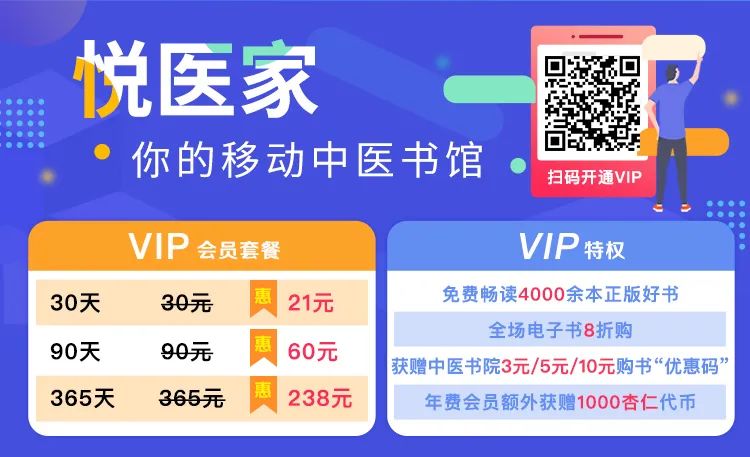
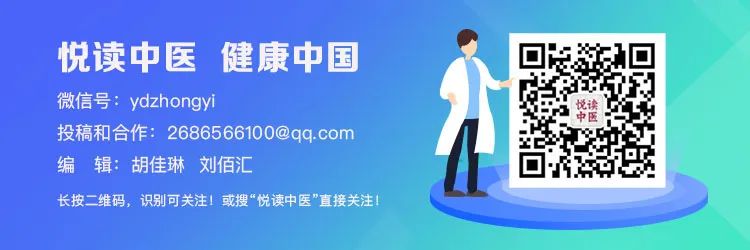
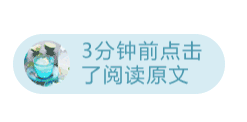 Click“Read the Original Text”to immediately purchase the recommended good bookGood articles must be “looked at”
Click“Read the Original Text”to immediately purchase the recommended good bookGood articles must be “looked at”

